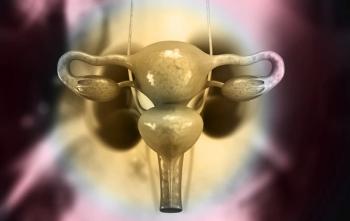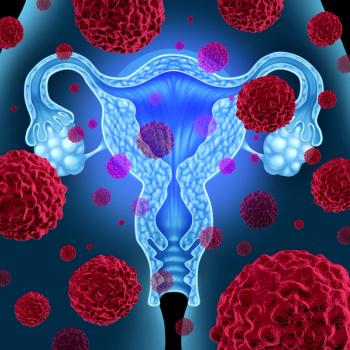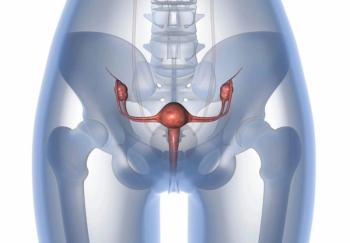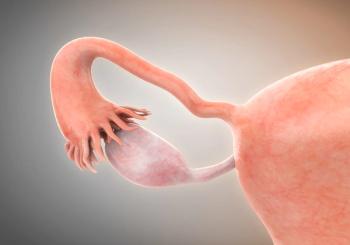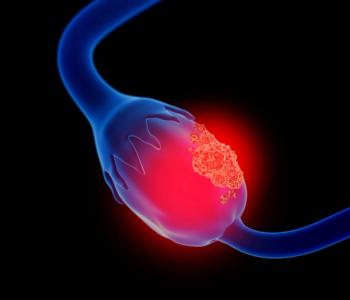
- ONCOLOGY Vol 9 No 6
- Volume 9
- Issue 6
New Approach to Diagnosing High-Risk, Early-Stage Ovarian Cancer
Swedish researchers have, for the first time, used a combination of methods to accurately diagnose high-risk patents with early-stage ovarian cancer, thereby identifying those who would benefit from more aggressive treatment.
Swedish researchers have, for the first time, used a combinationof methods to accurately diagnose high-risk patents with early-stageovarian cancer, thereby identifying those who would benefit frommore aggressive treatment.
Historically, physicians have had difficulties in identifyinghigh-risk patients from among women with early-stage ovarian cancer.Overall, 75% of these patients survive, but about 25% will stilldie from the disease. Patients with a poor prognosis can be treatedwith chemotherapy and radiation therapy.
The results of the study were presented by Dr. Nina Einhorn ofthe Department of Gynecological Oncology, Karolinska Institute,Stockholm, Sweden, at the American Radium Society's annual meeting,held in Paris. Based on a 10-year follow-up of 95 ovarian cancerpatients treated for early stages of the disease, Dr. Einhornand colleagues found that by using a combination of biologic,morphologic, and clinical methods they could accurately determinewhether such patients would benefit from aggressive treatment.
The biologic methods included image DNA analysis and the examinationof cell growth activity and gene products that are involved incell growth, such as tumor-suppressor gene p53 and the Waf-1 gene.Genetic instability, as reflected by DNA aneuploidy, extensivecell growth, and mutation of the p53 gene, indicated a high-riskpatient. Aggressive treatment is probably the only way to savethese patients' lives, according to Dr. Einhorn.
"We believe that by using this combination of methods wehave developed the most accurate and useful way to see if thecancer needs to be treated," she said. "What we havedone is simply to find a new way to look at the diagnostic problem.If we have a better way to diagnose these early cases, we canbetter treat them."
Other Karolinska investigators who took part in the study wereDrs. Gert Auer, Claes Silfversward, and Kerstin Sjovall of thedepartments of gynecology, pathology,and gynecological oncology.
Articles in this issue
over 29 years ago
Measuring the Cost-Effectiveness of Cancer Careover 29 years ago
Measuring the Cost-Effectiveness of Cancer Careover 29 years ago
Measuring the Cost-Effectiveness of Cancer Careover 30 years ago
HIV Counseling and Testing-United States, 1993over 30 years ago
MRI May Reduce the Number of Biopsies for Breast Cancerover 30 years ago
Book Review: Adjuvant Therapy of Cancer--VIIover 30 years ago
New Jersey Researchers Testing Unique Blood SubstituteNewsletter
Stay up to date on recent advances in the multidisciplinary approach to cancer.


